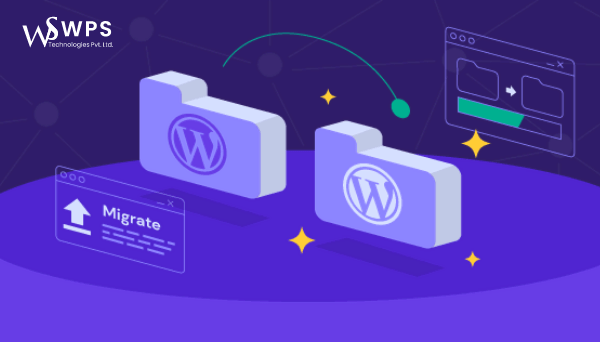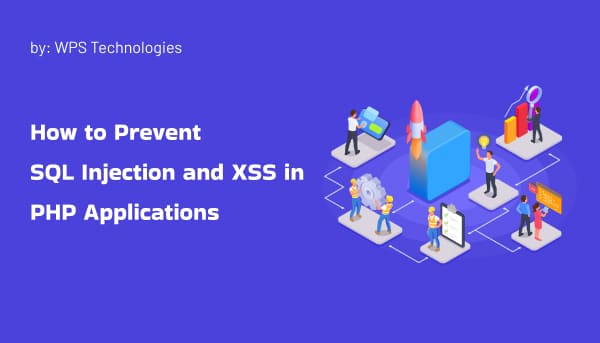
How to Migrate Your Website to WordPress: Tips and Tools for a Smooth Transition
Migrating your website to WordPress can seem like a daunting task, but with the right tips and tools, the process can be smooth and successful. WordPress is one of the most popular and powerful content management systems out there, and its flexibility and ease of use make it a great choice for any website owner.
In this blog, we’ll provide you with some useful tips and tools to make your website migration to WordPress a seamless process.
Tip #1: Plan Your Migration Strategy
Before starting the migration process, it’s important to have a plan in place. Start by outlining your objectives and goals for the migration, and decide which pages, posts, and media files you want to keep or discard.
You should also create a backup of your existing website so that you have a fallback option in case something goes wrong during the migration process.
Tip #2: Choose the Right WordPress Hosting Provider
Your hosting provider can have a significant impact on the performance of your WordPress website, so it’s important to choose the right one. Look for a hosting provider that offers fast loading times, excellent uptime, and a user-friendly interface.
Additionally, make sure your hosting provider has experience in migrating websites to WordPress, as this can make the process much smoother and easier.
Tip #3: Install and Configure WordPress
Once you’ve chosen a hosting provider, you’ll need to install and configure WordPress. This is a relatively straightforward process that involves downloading and installing WordPress, and then configuring it to suit your needs.
During the installation process, you’ll be prompted to choose a theme and add any necessary plugins. Choose a theme that fits your website’s design aesthetic and functionality needs, and select plugins that will enhance your website’s features and functionality.
Tip #4: Import Your Content
After you’ve installed and configured WordPress, it’s time to import your existing content. WordPress provides several different import tools that allow you to import content from a variety of different sources, including other content management systems and blogging platforms.
To import your content, you’ll need to export it from your current website in a format that WordPress can read. This typically involves exporting your content as an XML file, which can then be uploaded to WordPress using the appropriate import tool.
Tip #5: Test Your Website
Once you’ve imported your content, it’s important to test your website to make sure everything is working properly. This involves checking your website’s pages and posts, as well as testing any plugins and widgets that you’ve added.
If you encounter any issues during the testing process, you may need to troubleshoot and make adjustments to your website’s configuration.
Tools for a Smooth Website Migration to WordPress
In addition to the tips above, there are several tools that can help make your website migration to WordPress smoother and easier.
Some of the most useful tools include:
- All-in-One WP Migration: This plugin allows you to easily migrate your entire website to WordPress, including your database, media files, plugins, and themes.
- WP Engine: This hosting provider offers managed WordPress hosting, which means they take care of all the technical details of running your website, including security and backups.
- Yoast SEO: This plugin helps optimize your website for search engines by providing a range of useful features, including keyword analysis and content optimization tools.
- UpdraftPlus: This plugin makes it easy to create backups of your website, so you can easily restore your website if something goes wrong during the migration process.
Conclusion
Migrating your website to WordPress can be a complex process, but with the right tips and tools, it can be a smooth and successful transition. By following the tips above and using the tools we’ve recommended, you can ensure that your website migration to WordPress is a success.



